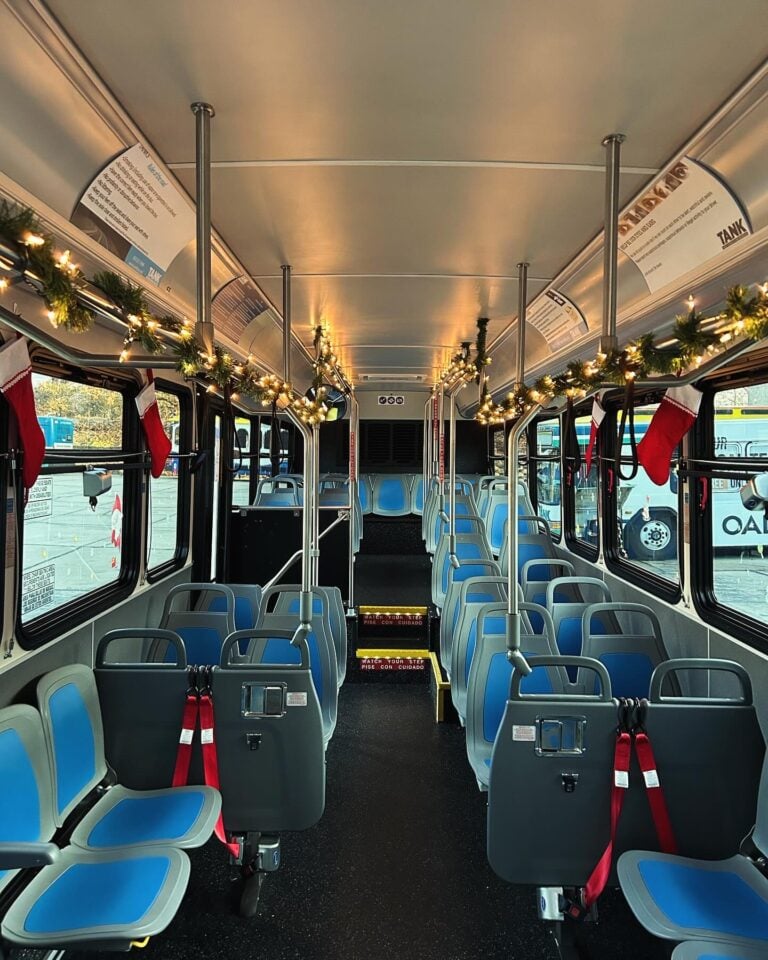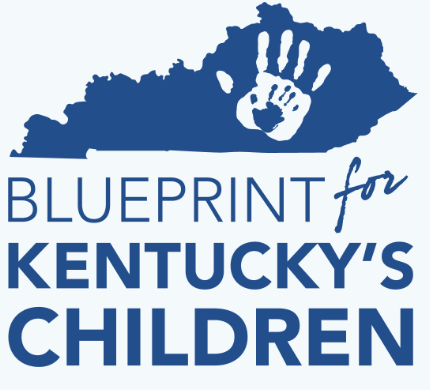
By Tim Thornberry
Special to NKyTribune
Kentucky is one of just a few states that will be on the receiving end of $27 million worth of U.S. Department of Agriculture grants designated to help combat child hunger.
Agriculture Secretary Tom Vilsack made the announcement about the new initiative during a speech at the 2015 National Anti-Hunger Policy Conference in Washington. In addition to Kentucky, the funds will go toward projects in Nevada and Virginia, as well as the Chickasaw and Navajo tribal nations.
Vilsack said in a press release that too many children in America live in households that don’t always know where their next meal is coming from.
“Many families are forced to buy cheaper, less healthy foods because they don’t have resources to purchase healthier options or don’t live close to a store that sells healthy food,” he said.
Kentucky will receive $3.6 million of the funding, which will go toward the “Ticket to Healthy Food Supplemental Nutrition Assistance Program (SNAP) Demonstration,” a project that will test the impact of providing households with children an additional transportation deduction that may increase their SNAP benefits, according to information provided by USDA.
The project will be implemented in the Kentucky Highlands area, located in the southeastern part of the state.
Tamara Sandberg, executive director of the Kentucky Association of Food Banks said the funds are sorely needed in a state where childhood hunger is too prevalent.
“Our Hunger in Kentucky 2014 report shows that 63 percent of state food bank clients have to choose between paying for food and paying for transportation,” she said. “This pilot project is designed specifically to address that challenge.”
Sandberg added that this project will take into account the high cost of transportation to get to and from the grocery store for families in rural communities.
“The idea is to help (families) stretch their SNAP benefits farther by making sure they are not having to spend so much to get to the grocery store in the first place,” she said.
According to information from the U.S. Department of Labor, on average, transportations costs are second only to the costs of shelter when it comes to family budgets. In addition, the Bureau of Labor Statistics noted that during a period between 1986 and 2010 consumers spent 14 percent less of their income on food and 22 percent less on transportation while spending 11 percent more on housing and 145 percent more on health insurance.
Those statistics also indicated that although transportation spending declined as a whole, dollars spent on gas and motor oil increased by 15 percent during that same time period.
Adding to those transportation woes is a logistics issue. In the Eastern Kentucky region where the project is focused, the drive for many rural families is nearly an hour one-way to a large grocery store.
Cuts in food assistance funds
SNAP funding takes up the largest amount of revenue associated with the Farm Bill and it was that nutrition title that created the most debate associated with passage of the previous ag bill, which went into effect in early 2014.
Decreases in SNAP funding were inevitable as the bill progressed through Congress, but Senate Democrats wanted relatively small decreases in the neighborhood of $4 billion while many House Republicans sought much larger cuts in the program.
One proposal aimed to take the nutrition title completely out of the Farm Bill, making it a stand-alone piece of legislation. Ultimately the nutrition program stayed within the confines of the bill but endured an $8.7 billion reduction.
Looking for ways to alleviate the hunger issue, Kentucky passed legislation that would aid food banks in getting more fresh produce on their shelves while providing another market opportunity for farmers.
The Farm to Food Banks program promotes taking farm production seconds normally not sold at farmers markets or sent to other consumer venues and selling those goods to the food bank association. In the previous biennial budget, funding was earmarked just for the purchase of this unused produce.
In addition to efforts to combat hunger coming from the farming community, Sandberg said youth organizations such as 4-H and FFA have helped, as well.
“Young folks across the commonwealth affiliated particularly with the agriculture community have come together to really try and address and solve this issue of hunger,” she said.
Still, Sandberg noted that 65 percent of food bank users also receive SNAP benefits and of those, 67 percent have children. Another 36 percent of those SNAP recipients have elder or disabled member of the family living with them.
“We’re talking about the most vulnerable Kentuckians that really need help making sure every member of the family has consistent access to healthy food,” she said. “This pilot project from the USDA is really exciting because it’s going to test a way to make sure we’re eliminating as many barriers as possible for these vulnerable families.”
Tim Thornberry is a freelance writer and photographer who has covered Kentucky agricultural and rural issues for various publications, including KyForward.com, where this story first appeared.
























